Our latest contribution to the MLTA Blog is contributed by noted performance psychologist Dr. Noa Kageyama. Dr. Kaeyama serves on the faculties of Julliard, the Cleveland Institute of Music, and the New World Symphony in Miami, FL. After receiving an M.M in Violin Performance from Julliard, he received a doctorate in Psychology from Indiana University. Kageyama applies principles from Sports Psychology to music performance. He gives workshops around the country and on online covering practice techniques, and performance anxiety. In 2016, Dr. Kageyama presented the keynote lecture at the PMTA State Conference. His courses and blog on his website bulletproofmusician.com are followed by thousands of musicians worldwide.
| 19_things_that_great_teachers_do.pdf |

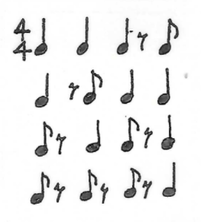
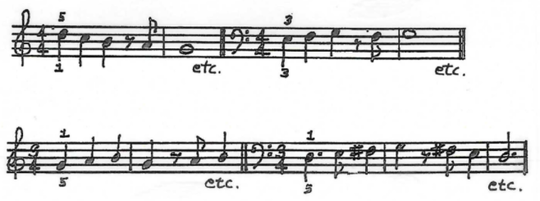
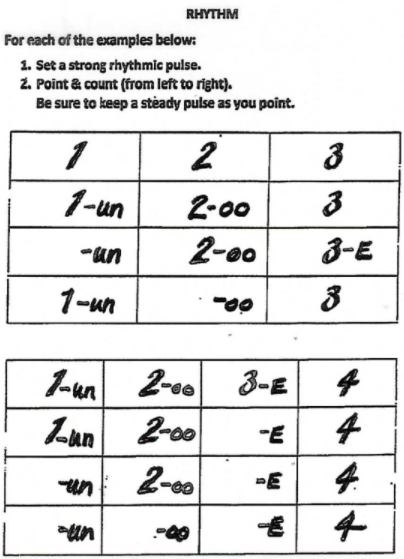
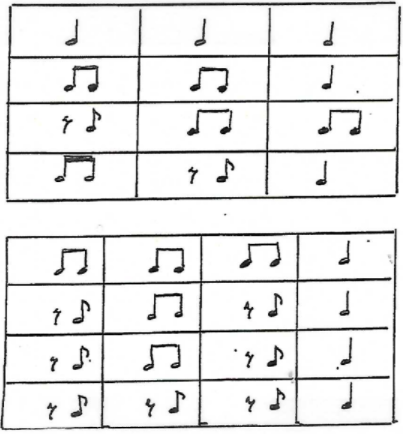
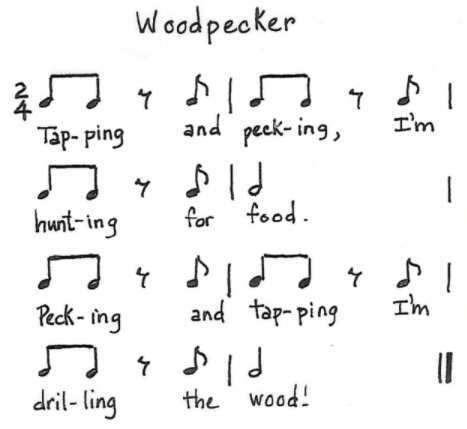
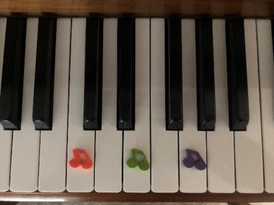
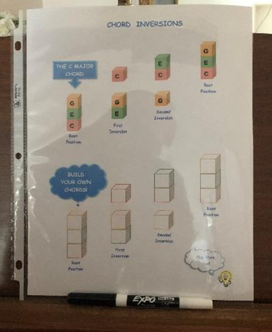
 RSS Feed
RSS Feed